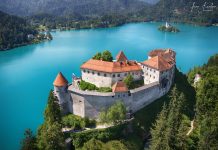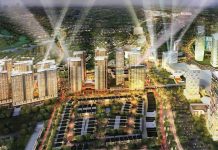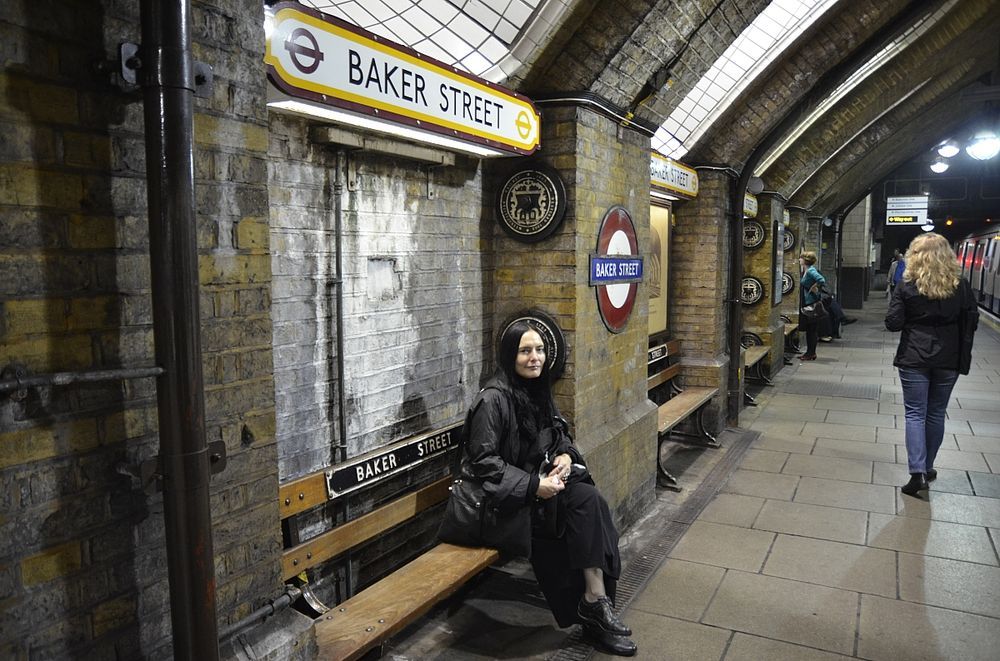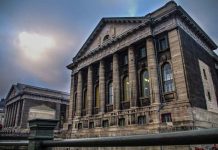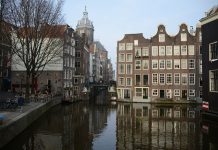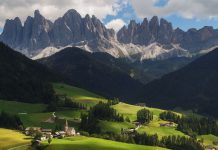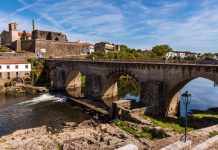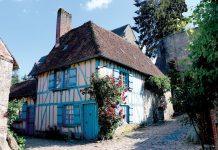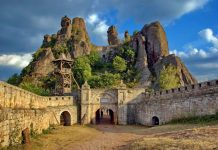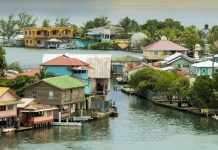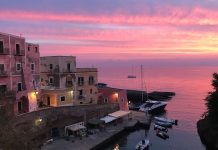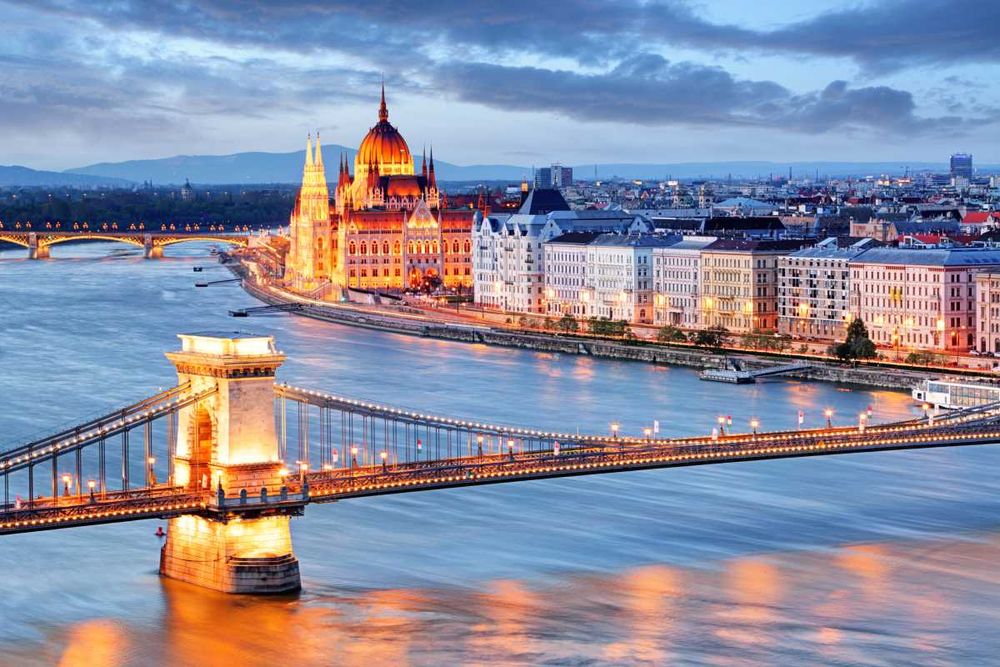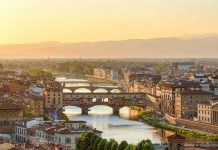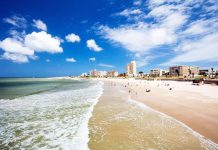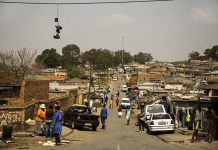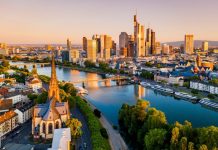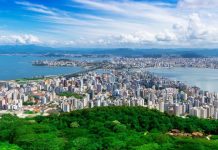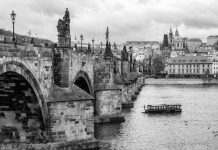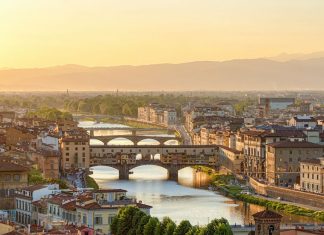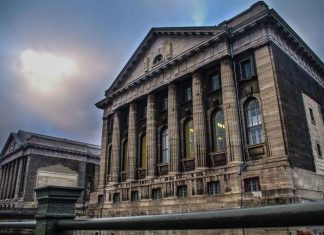Parliament House
This is one of the capital’s, in fact the nation’s, most imposing buildings. Built between 1884 and 1902, based on Imre Steindl’s design, the Neo-Gothic building is one of the symbols of the capital. Groups can only visit the Parliament Building with advanced booking. Parliament House
Basilica
Erection of the St István Parish Church, generally known as The Basilica, was commenced in 1851, but was not completed until 1905. The Neo-Renaissance >
Andrássy Avenue
Andrássy Avenue provides one of Budapest’s most popular venues for strollers. This radial road, built between 1872 and 1885, indicates the strength of the desire at the time, to develop Budapest into a world-class city. Andrássy Avenue was placed on the World Heritage List in 2002. Andrássy Avenue
Széchenyi Baths
It was as a result of the drillings of geologist Vilmos Zsigmondy, over the period 1868-77, that this medicinal water source, with a temperature of 74˚ C, was brought to the surface. The medicinal waters are particularly effective for the treatment of joint and muscle damage, arthritis and neuritis. Széchenyi Baths
Dohány Street Synagogue
The synagogue in Dohány Street is the largest one still functioning in Continental Europe. The use of two towers with onion-shaped domes, as an architectural feature in synagogues, was employed here for the first time in Hungary. The Holocaust Memorialcan be found in the garden at the back of the synagogue. Dohány Street Synagogue
Ethnographic Museum
This building was built between 1893 and 1896, based on the plans of Alajos Hauszmann; it housed the Supreme Court until 1945. It is one of the most beautiful examples of Late-Eclectic architecture in our country. Ethnographic Museum
Vajdahunyad Castle
Vajdahunyad Castle is the best known of the group of historic buildings which were erected in 1896 to commemorate the one-thousand-year anniversary of the founding of Hungary. Vajdahunyad Castle
Museum of Fine Arts
The Museum of Fine Arts in Budapest is considered to be in the front rank of European museums. It deservedly takes a prominent place amongst the museums serving a similar function, by virtue of the diversity, and historic continuity, of its exhibits, and the multitude of masterpieces in its possession. Museum of Fine Arts
Palace of Exhibitions
The Palace of Exhibitionswas built in 1895 as part of the development of Heroes’ Square for the millennial celebration of the Hungarian Conquest. A number of important fine-arts exhibitions can be found on display here. Palace of Exhibitions
Jewish Museum
The Jewish Museum is located in Dohány Street, in the building next to the synagogue. The house which originally stood on this site has historic associations – Tivadar Herzl, the founder of Zionism, was born here and lived here for the first 18 years of his life. Jewish Museum
Hungarian National Museum
In Hungary, as elsewhere, the concept of museums evolved from the ideas of the Enlightenment and the Reformation, in conjunction with the demand for the establishment of an independent nation-state. Hungarian National Museum
University Chapel, former Pauline Monastery
The eighteenth-century Pauline church is one of the most outstanding Baroque ecclesiastical buildings in Budapest. Its richly ornamented interior and especially the carved pulpit are the most prominent works of Hungarian Baroque Art. University Chapel
Millennium Monument
Work on this monument was begun in 1896, the one-thousand-year anniversary of the Hungarian Conquest; however it was not finished until 1926. The monument consists of a two-part semi-circular colonnade, with statues of the historically most significant Hungarian kings and leaders standing between the columns. Millennium Monument
Contra-Aquincum
These are the remnants of a Roman fortification, dating from the 4th century BC, built to protect the crossing of the Danube, the Pannonian border, and the start of the road leading to the East. So far only the northern wall of the fortification has been excavated. Contra Aquincum
Vigado Concert Hall
Built between 1859 and 1864 – after the original building was destroyed by fire during the 1848-9 Revolution – according to the design of Frigyes Feszl, the “Vigadó” is one of this country’s pre-eminent monuments in the Romantic>
Inner-City Parish Church
The church belongs among the capital’s most eminent historic monuments. The changes made to the building’s structure over the years mirror the periods of major architectural>
Franciscan Church, Pest
The monastery church of medieval origin that housed several important events of Hungarian history, stands as a memento of them in one of the most important central places of Budapest, called Ferenciek square. Franciscan Church
Kazinczy Street Synagogue
The city’s Orthodox Jewish congregation decided to build its own independent synagogue in 1909. Based on the designs of Sándor and Béla Löffler, the Secessionist>
Rumbach Street Synagogue
The “status-quo” synagogue in Rumbach Street was built in 1872, to the design of the Viennese architect, Otto Wagner; it is the only building in Hungary to be designed by him. Built in the Romantic>
Central Market-Hall
The Central Market-Hall, located near the Pest end of the Liberty Bridge, was erected at the end of the 19th century, based on the design of Samu Petz. Central Market Hall
Paris Department Store
Of Budapest’s early reinforced-concrete buildings, the Paris Department Store, erected in 1909, is of special historic significance, as it was the first building in this country designed specifically as a department store.
New Town-Hall
This Neo-Renaissance building was erected in the 1870’s, based on the plans of Imre Steindl. New Town Hall
School for Rabbis
The National Rabbi and Teacher Training Institution, established in 1877, can be found on the corner of Guttenberg Square. Built in the Eclectic>

